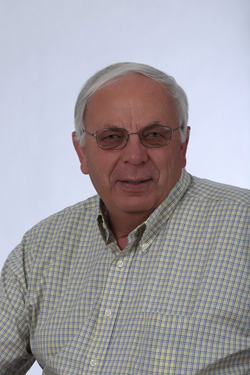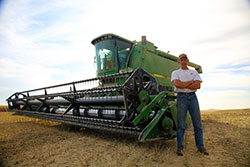|
From "The Heart of the Dust Bowl" at Bumper Flats,
Winter Wheat Planted with SRS has more yield potential and better
winter survival.
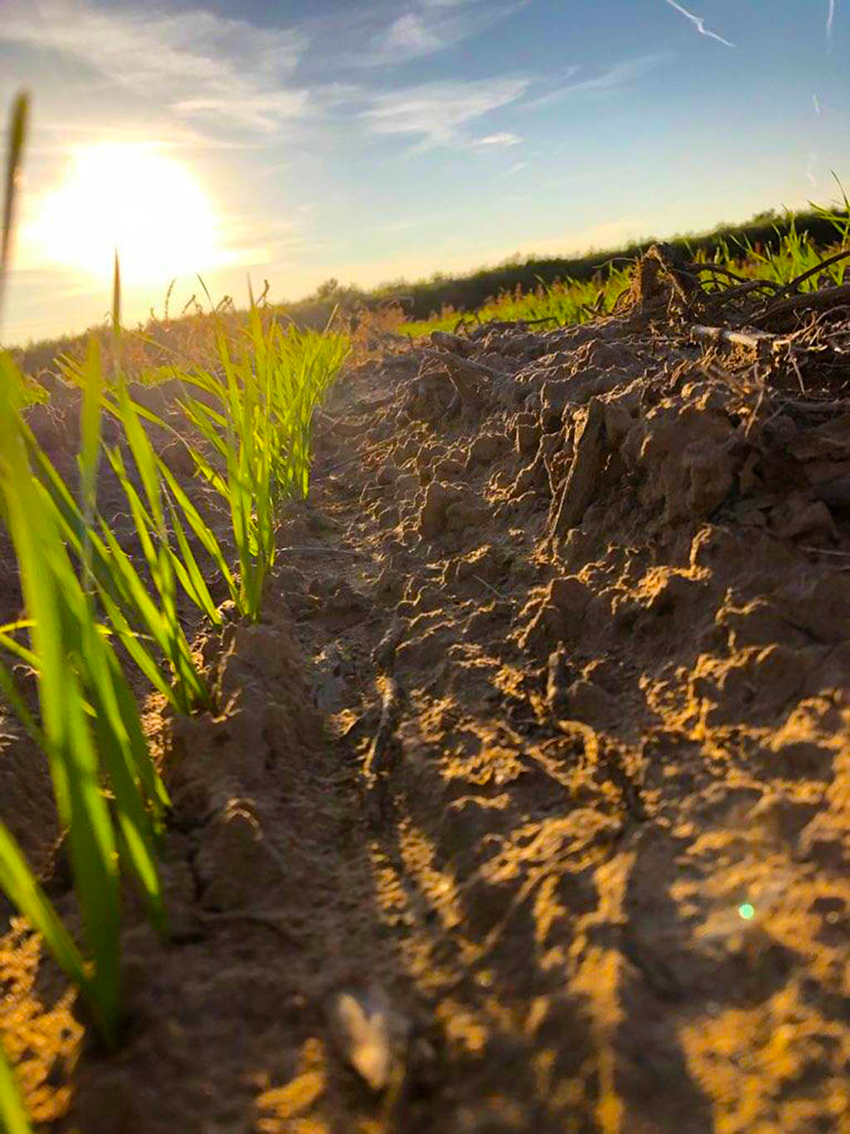 1
1
No-till farmers
have a business opportunity that fits their rotation of No-tillage
Crops.
Why are planters
superior over drills?
Is it cleaned row
areas removing soil active chemicals and residue in a No-till
environment?
Is it precision
depth control in a No-tillage seed bed?
Is it the planter
double disc opener that makes seed and seminal roots more
competitive in a tight V soil slot (like Hill Planting of Barley and
Milo)?
Is it the
precision population and in row spacing allowing wheat to push out
of the soil and emerge faster?
Could the roots
systems be much stronger and moving downward faster in the soil
profile?
Is it Seed Row
Saturation (SRS) that allows fast and deep rooting with even and
quick coleoptile emergence?
Does fewer planted
seed rows produce more grain and less straw?
Is side-dressing
TAPPS more effective at 7 to 8 inch depths in dedicated row/band
alignment?
Is a planter
better for Variable Rate, Site Specific planting of winter wheat
seed?
Is it because
higher yielding wheat varieties (spring wheat parents) and Hybrid
winter wheat seed can be used with more effective economics?
Do planters make
rotations easier by raising less winter wheat straw with faster soil
warming.
Are Exactrix
nutrients more efficient (reduced use) with trapped TAPPS Mustang
P-51C fertility. Thus surface germinating weeds starve and only
winter wheat is stimulated with deep 7 to 8 inch bands along
dedicated seed rows?
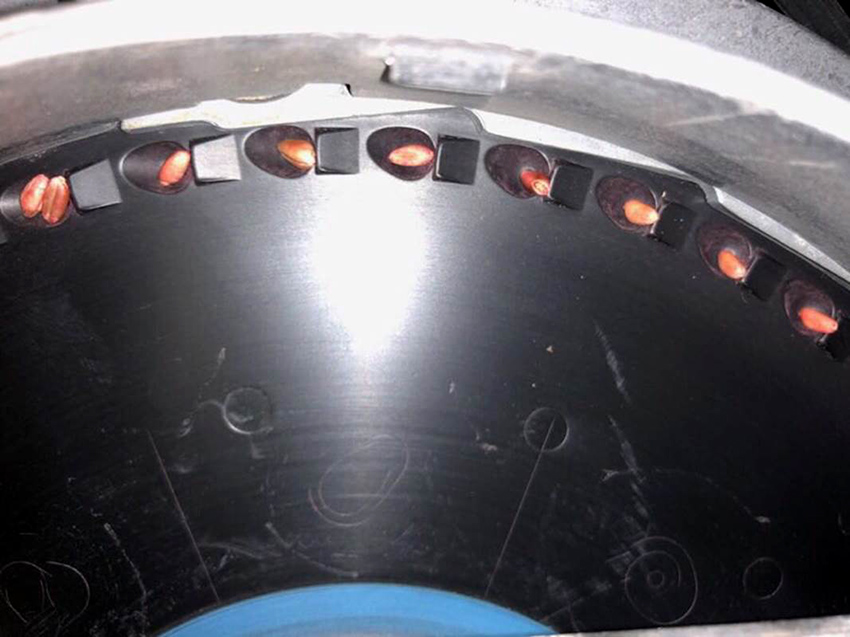 2
2
From Hugoton, KS
in “The Heart of The Dust Bowl” and the world’s second largest
natural gas field.
Joel
McClure and Jay McClure Winter Wheat, Drill and Plant Test Plots
along the Cimarron River Valley.
This location is about 4 miles away from the Santa Fe Trail. This
is where mountain man, Jedediah Strong Smith was murdered at Wagon
Bed Springs in 1831 by Comanche Warriors.
This land is
the home of Milo plant breeder Dr. Walter McClure who was the first
to breed Milo at Oklahoma State in the 60’s.
Homesteaders
of No-till with producers and breeders Joel McClure and Kramer Seed
Company’s Ben McClure, an extraordinary Ag Economist from KSU.
Plant Breeders
want to know….Is a planter better than a drill?
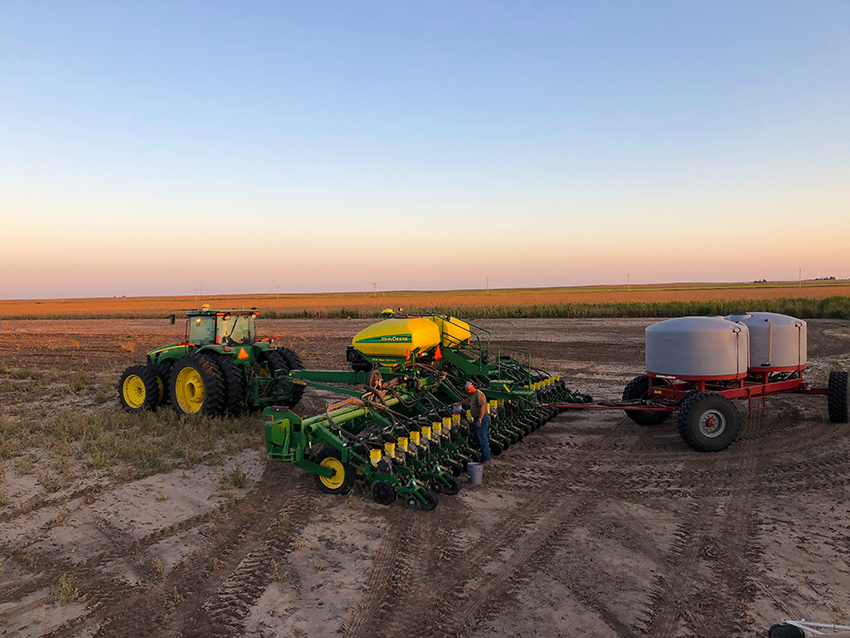 3
3
Deere 1790 on 20 inch x 24 rows, Precision
Planting depth and metering, row cleaners, Exactrix Seed Row
Saturation or SRS, 3,000 gallons.
Planting winter wheat seed with Milo plates at
188,000 and 376,000 or 15 lbs. and 30 lbs.
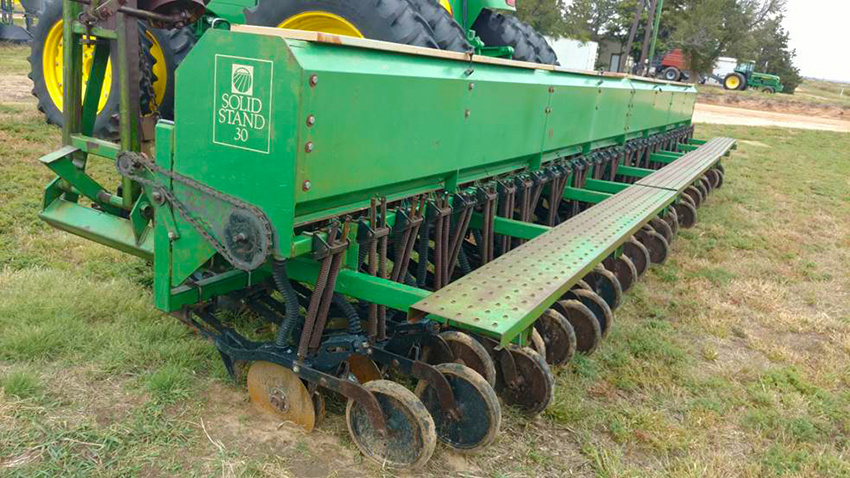 4
4
A high quality drill from Great Plains,
Solid Stand 30 is a true description for a drill on 10 inch spacing
with controlled spillage at 15 lbs. and 30 lbs. per acre.
This Great Plains three point drill is
considered the best drill on the market for controlling seed
placement, firming seed for osmotic movement of moisture, leaving
standing stubble and metering seed accurately in dryland and
irrigated production.
Planters are functional with winter wheat at
188,000 and 376,000 population on 20 inch centers. The resulting
stand is much more effective with Seed Row Saturation since the
water dike that flushes the Abscisic acid is twice as concentrated.
You can read more about the flush of Abscisic
Acid at
http://exactrix.com/Broadcast_02_06_2018.html
. The Dike is also discussed. The Dike allows emergence in 45%
vapor phase moisture conditions.
 5
5
A big 4 inch rain came when the winter wheat
was well emerged into the 3 to 4 leaf stage about
October 3 to 5 th A slow rain but some challenges for the
corn, milo, confection Sunflower, Soybeans and Alfalfa remain in
the field. Harvest has been delayed 2 to 3 weeks.
The Deere 1790 planted comparison to drilled
wheat was dramatic on
October 13,18.
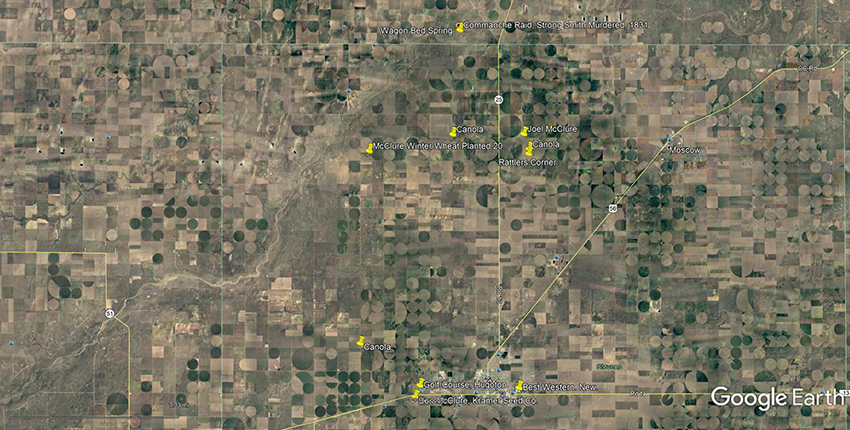 6
6
Dusty Hugoton, On
the Santa Fe Trail. 1821 to 1880.
A true western experience from the Pioneers of the West and the
Great American Desert.
In fact Wagon Bed
Springs is now a critical stop for all historians studying the Santa
Fe Trail.
http://exactrix.com/Broadcast_10_11_2016.htm
Today, One of the most valuable assets of Kansas and America
is the Dust Bowl.
Oil, Gas, Ogallala
water, Coal fired electrical power grid, Cattle Feed lots, High
yielding crops for Ethanol and Distillers Grains, SW Kansas has a
lot of vetenarians with 2 million cattle on feed out of 12 to 13
million total feedlot cows in the US, Wind Power to run hair dryers
in Denver, Ammonia Manufacturing with 4 plants within 120 miles of
Hugoton, Advanced transportation systems with safe Kansas highways,
The transcontinental BNSF railroad, The Cimarron short line railroad
and the transcontinental UP, and powerful Kansas farm families.
Note: Texas has the most cattle on feed in the United States
followed by Nebraska & Kansas. Texas, Nebraska & Kansas each have
over 2 million head of cattle on feed. Sixty-five percent
(65%) of the cattle fed in the United States are in Texas, Nebraska
& Kansas. The feed lots are full at record placements over the last
six months.
Check out those
low gallonage pivots for supplemental irrigation. https://youtu.be/oefANeZQ-YY
Dragon lines from Teeter Irrigation are implemented to get more
efficiency in the scenario of “Farming With The Wind”.
 7
7
 8
8  9 9
Another Key
tool to manage a limited supply of water is Aqua Spy. This
telemetry tool measures stored soil moisture and assures higher
water use efficiency when pivots must conserve.
Joel McClure uses
both technologies to manage water better. A 400 gpm pivot can become
an equivalent 600 gpm pivot by reducing evaporation and allowing
soil saturation with immediate response in dry and windy conditions.
Most every
producer knows how critical it is to avoid irrigating on windy days
at 20 mph to 40 mph. Uniformity of application greatly improves
with this excellent technology.
 10
10  11 11
https://aquaspy.com/
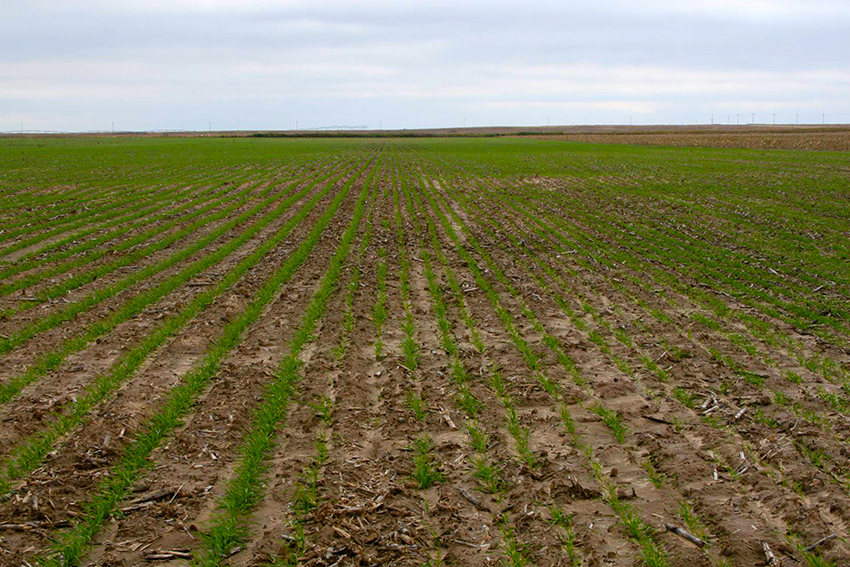 12
12
Planters are superior over drills at two
seed rates of 188,000 and 376,000 seeds per acre or 15 lbs. per acre
and 30 lbs. per acre. SRS is helpful to flush Abscisic Acid and make
a connector dike at 45% Vapor Phase in row.
At the same seed rate the discovery was the
planter had 125% more plants. The winter wheat seedling plants were
much healthier with the 20 inch Planter and Seed Row Saturation at
50 and 100 gallons per acre.
Certified Seed winter Triticale on 20 inch
planted makes good sense since it produces forage and lots of straw
and only 60 to 70 bushel of high quality certified seed. Following
Winter Triticale harvest with a new crop of irrigated winter Canola
can be greatly improved.
 13
13
Hill planting of Spring Barley at Craigmont,
Idaho. Learn all you can.
http://exactrix.com/Broadcast_04_09_2016.htm
Why is planted winter wheat better on 20
inch lines (seed row) than drilled wheat on 10 inch lines? A line
is European term and a line is the same as a seed row.
There are 10 reasons. You are expected to
answer why planted wheat is the next chapter in winter wheat
production.
How much more money can I make?
What did Jethro Tull have to say about
drilling crops?
Why does spring and winter barley perform
well in hills?
Is Hill Planting just as good as seed row
planting in lines at ¾ inch spacing?
You need answers now….so get started. Or
just request the reasons to plant winter wheat.
- _________________
- ___________________________
- ______________________________
- ____________________________________
- ____________________________
- ______________________________
- ________________________________
- _________________________________________
- _________________________________________
-
______________________________________________
You can source a lot of your information from
planter manufacturers and plant breeders.
Some good reliable information is available
from chemical formulators and biological additive experts.
Another source of high quality information are
experts in No-tillage farming.
Another source of tested and proven information
is the USDA-ARS at Pullman, Washington.
The best source of high quality information
comes from experts in machine design and fertilizers.
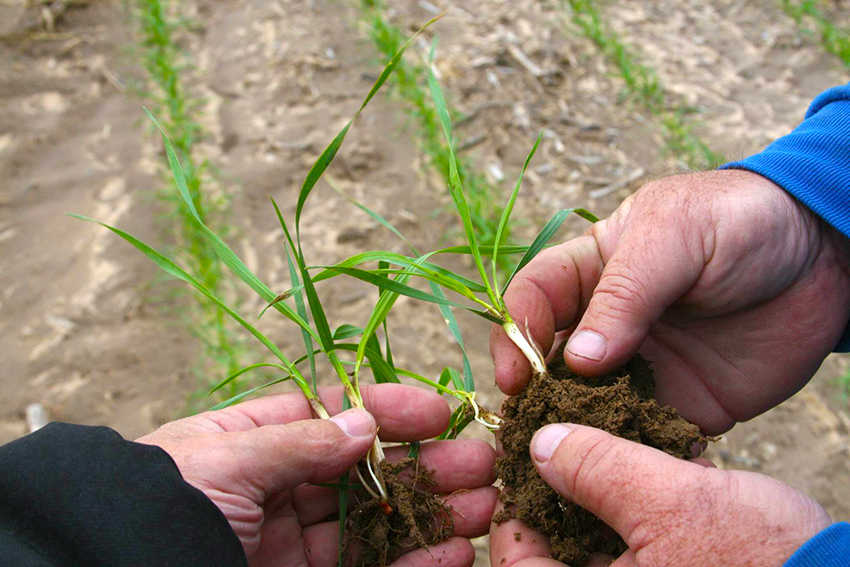 14
14
Darn near perfect seed
placement. Healthy winter wheat seedlings moving to 5 and 6 leaf
with good tillers and a quick start with T-0 also emerging. An
indicator of seed vigor is T-0 and high quality seed from Kramer
Seed Company of Hugoton, KS.
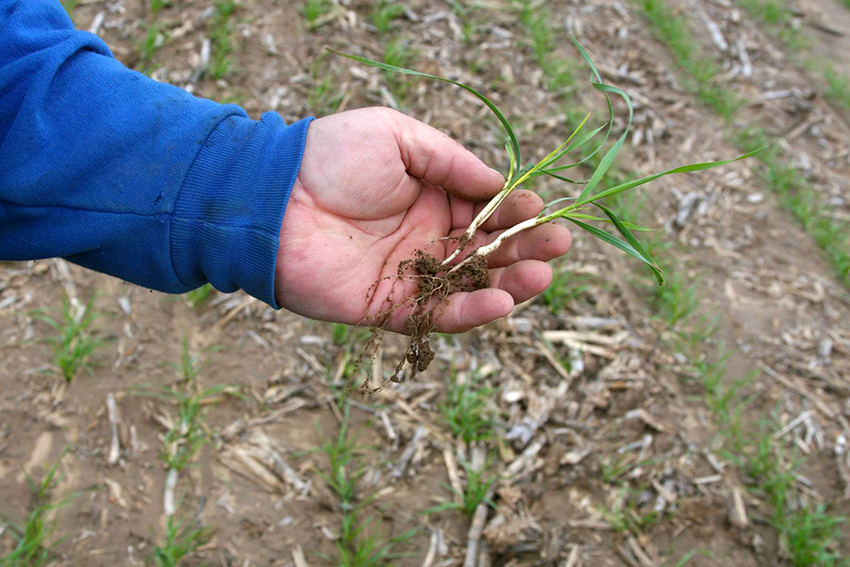 15
15
Crown set and expanding secondary roots.
A little deeper on the seeding results in some energy loss since the
plant will take longer to emerge. Sometimes it is better to seed
deep with row cleaners on the planter to clear residual herbicides.
SRS really helps with deeper seeding and planting.
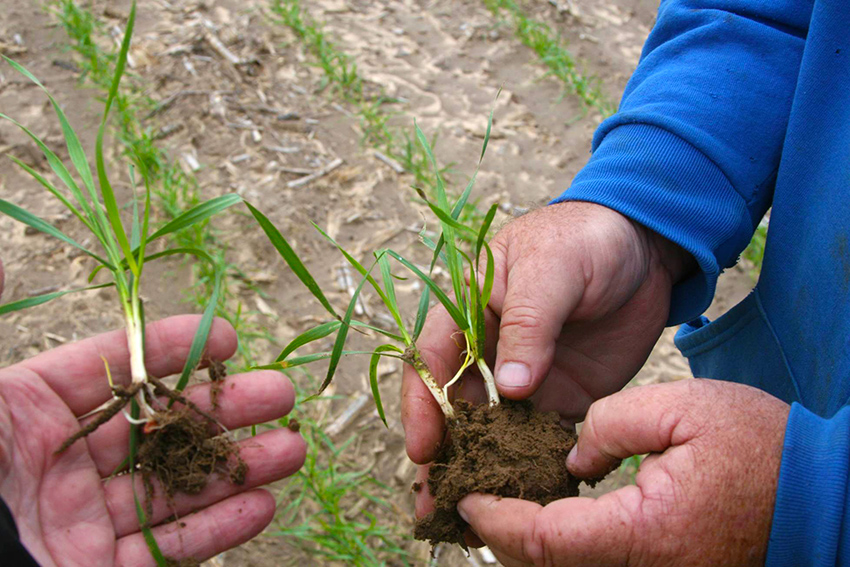 16
16
Planted Winter Wheat at Bumper Flats, Road
Y, Hugoton, KS, Oct. 13, 18.
The 10 inch Seeded winter wheat was short on
emerged plants and the seeded winter wheat was non-vigorous. The
seeded winter wheat emergence was later by 2 to 5 days behind the
planted winter wheat with SRS.
About 50,000 plants were missing at the 30 lb.
seed rate with the seeding operation as compared to the planted
operation.
Both techniques received ½ inch of rain four
days after planting.
How will this show up in yield and winter
hardiness? Leaf length should also be measured when freezing
days and nights are in the forecast.
Can a planter use higher yielding varieties
such as TAM wheats? It appears that hardiness is improved with a
planter and therefore TAM wheats might be a better choice.
Hybrid wheats will be economical with a
planter.
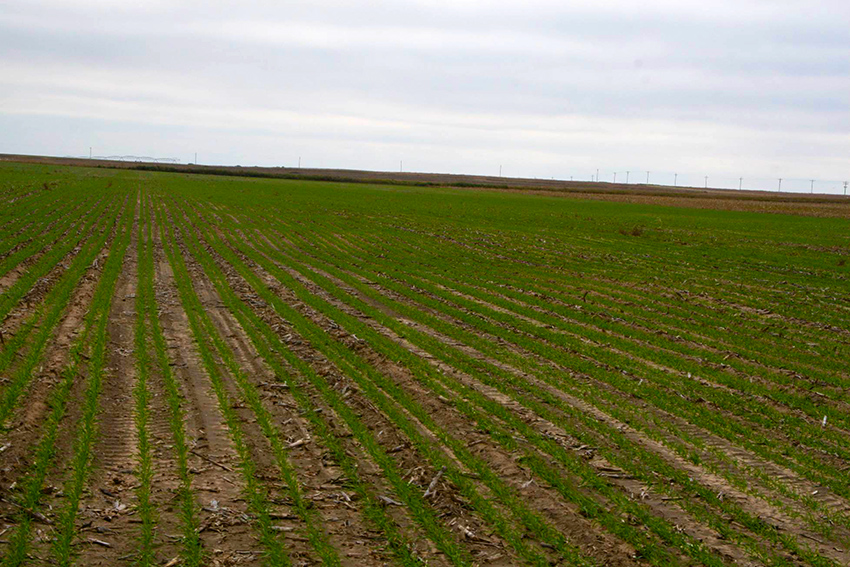 17
17
Planted wheat with average 10 inch spacing
at 30 lbs. per acre total or 376,000. Each row is 15 lbs. on 20
inch or 188,000. The steering hitch with I-Steer was not used and
thus a little wobbly on the rows alignment.
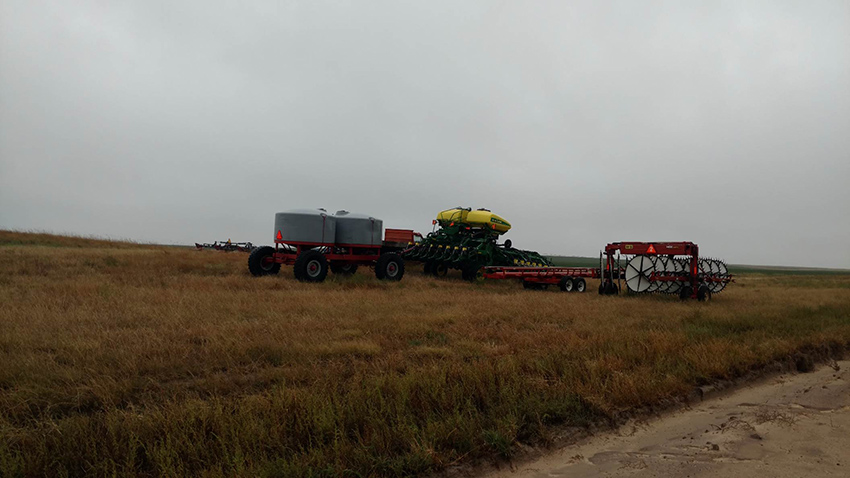 18
18
A 3,000 gallon Seed Row
Saturation trailer.
Exactrix Seed Row Saturation Tubes make water delivery at 50 to
100 gallons per acre.
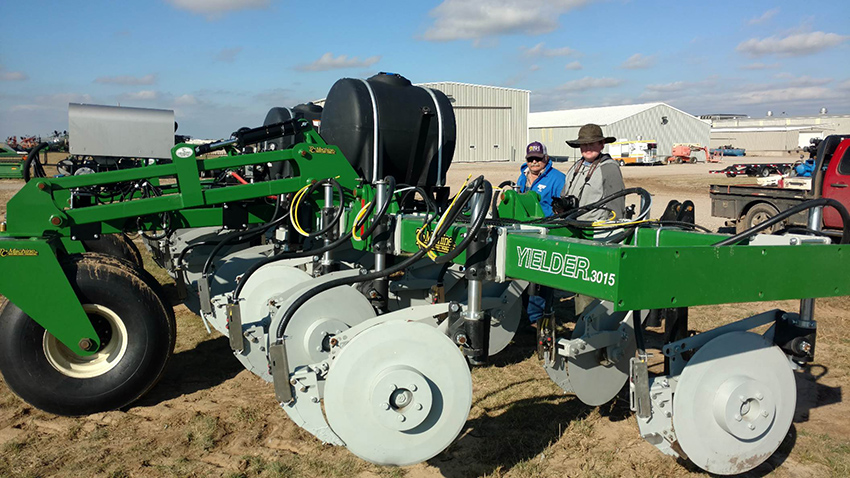 19
19
Joel and Jay McClure stimulating growers and
laying down challenges wherever they tread.
The next generation Jay McClure is
in charge of the planter plots at Hugoton. A legacy moment with
Grandad Walter McClure guiding the way.
Exactrix TAPPS Side Dressing 20 inch winter
wheat starts
November 1, 2018.
The Exactrix Mustang P-51C banding tool bar
will deliver TAPPS Bands 2 inch to 1 inch to the side of the seed
row.
The Exactrix Mustang TAPPS fertilizer is banded
to 8 inch depth and it is Trapped or Leveraged to favor the winter
wheat plant. The fertilizer is hidden from the weeds with good
timing. Only about 1% damage occurs to winter wheat primarily from
the tractor tracks.
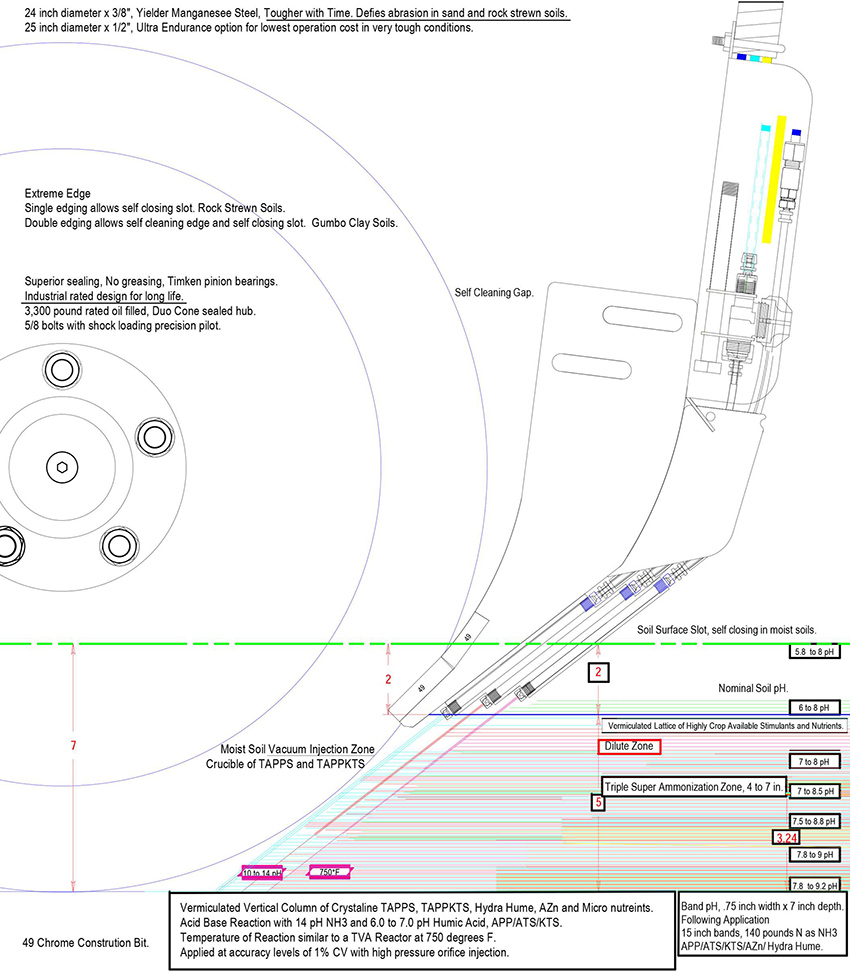 20
20
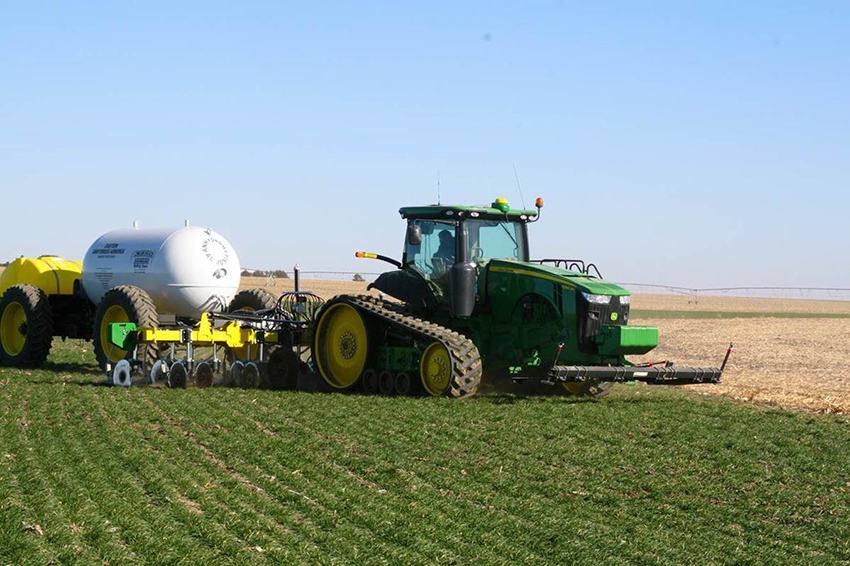 21
21
At Goodland, KS winter wheat gets side
dressed in late November. Big Winter Wheat has TAPPS treatment
on a pivot corner.
Exactrix breaks yield barriers with high
efficiency nitrogen use in Hard Red Winter Wheat at Lewiston, Idaho.
http://exactrix.com/Broadcast_02_02_2018.htm
 22
22
Side Dressing Winter Wheat at Abilene, KS in
November.
Could Yielder Drills benefit from a second pass
of Exactrix TAPPS?
You bet…about 7% to 10% more yield punch.
http://exactrix.com/Broadcast_10_13_2017.htm
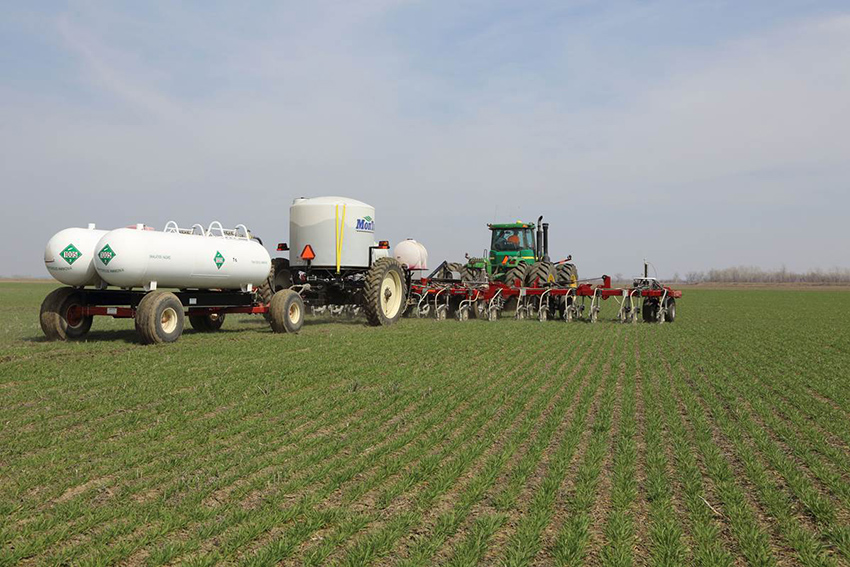 23
23
Side dressing winter wheat at Marshall, MO
in February.
Mustang Openers are superior with 7 to 8 inch
deep band depths with very little damage, about 1% due to the
tractor and trailer tracks.
Tracks on the cart and the tractor are most
likely a great choice for big acre wheat in Kansas and Texas.
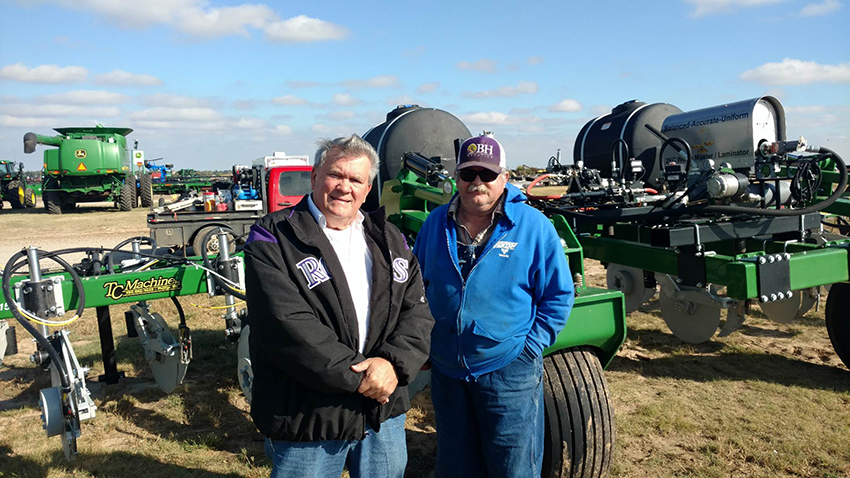 24
24
Guy
Swanson and Joel McClure
Your Great Plains reporter at Liberal, KS,
Keating Tractor, Mustang Parts Dealer for the Great Plains.
Guy Swanson.

Joel McClure your advanced producer in
No-tillage and superior economics in crop production.
A lot of fun on a football
Saturday Oct. 13, 2018.
COMING
UP..
Exactrix®
Nutrient Management Seminar.
Improving the Net Margin 12% under 2019 production pricing.
Colby, Kansas, Comfort Inn,
December 6th, 2018,
starting at 8:30 AM
Standing Room Only..
It can happen.
Yes Sir, Finalize now for an
exciting meeting that will allow an input revolution on your farm.
5 morning speakers with Lunch provided followed by 5 afternoon
speakers finishing at 3:35 PM.
$527 per attendee with
the best contacts and economists you can reach out to. Bankers,
Producers, Fertilizer Dealers, Landlords. Looking for answers.
Fire up early with an Ethanol tour
Dec. 5th at Campus, Kansas, Tour starts at 1:00 PM.
The entire seminar
is guaranteed.

Your Great Plains Reporter,
Guy J Swanson.
|








 8
8  9
9
 11
11














